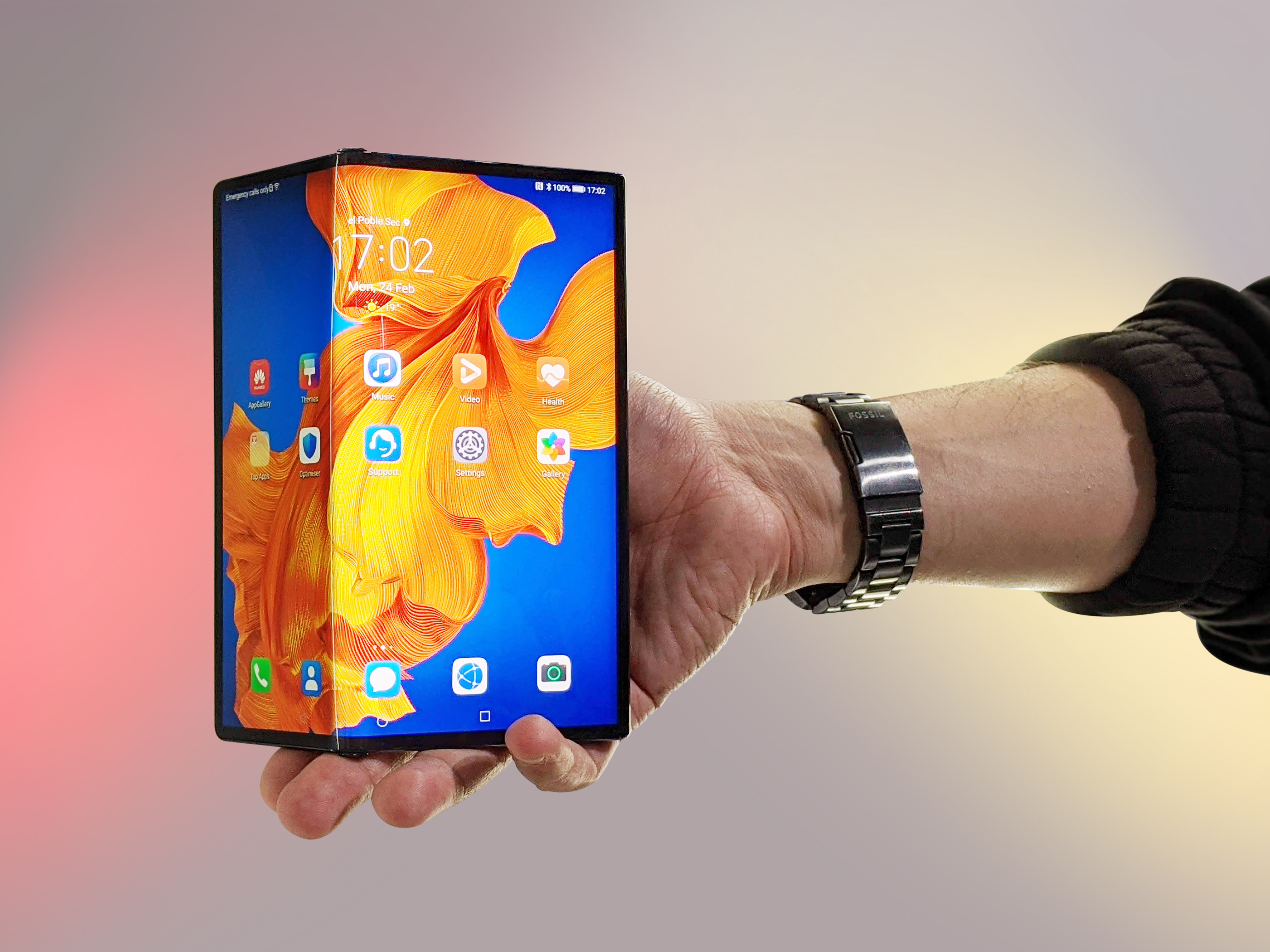It’s been ten months since the US blacklisted Huawei, cutting it off from the Google apps and services that its smartphones relied on. Without apps like Google Maps, YouTube, and the Google Play store, Huawei’s new smartphones have been shiny but a lot less useful for people outside China.
But Huawei hasn’t been sitting idly by as competitors gobble up its international market share. China’s largest smartphone brand has been busy pairing up with local players to find a way around the big US app monopolies.
This week, the company reportedly started talking to OSLabs, an Indian system apps company that also makes Indus OS. Huawei is looking to work with the software company to build an Android app store that might appeal to India’s hundreds of millions smartphone users.
The Indus OS app store, called App Bazaar, has more than 400,000 regional apps in local Indian languages. India is now the second-largest smartphone market in the world, according to Counterpoint.
Huawei has not confirmed the deal and declined to comment.
Similar moves from Huawei were seen in Russia, where the company is talking to local search engine provider Yandex. In August last year, local media reported that Huawei was negotiating to add Yandex’s voice assistant Alisa to its phones, along with other Yandex apps for music, taxis, and news.
But there are doubts that Huawei’s efforts will pay off. IDC senior research manager Kiranjeet Kaur says that Indians, much like the rest of the world, have developed a serious addiction to Google apps.
“Local players, which have been losing share in the Indian smartphone market, catered to the lower end of the smartphone market at a time when many people had just started using smartphones,” Kaur said.
Apps like YouTube have seen rapid adoption in India as data became cheaper, according to Kaur. The same goes for Facebook apps like WhatsApp and Messenger, which currently aren’t available in Huawei’s own app store AppGallery.
The situation in Russia is different, but not because of user preferences. Huawei has found an opportunity in Russia because of government policies. Russia requires smartphone makers to have pre-installed local apps to promote tech innovation within the country, according to Counterpoint analyst Abhilash Kumar.
“The app localization and Huawei’s tie-up with Yandex Group make the overall scenario favorable for Huawei and we believe Huawei to benefit from it,” said Kumar. Yandex is also a more popular search engine in Russia than Google, he added.
But Huawei isn’t just relying on partnerships. The company’s main weapon is AppGallery—its answer to Google Play—and Huawei Mobile Services (HMS), which is meant to replace Google Mobile Services (GMS).
Huawei’s new suite of apps and services are meant to replace some of the functionalities Google provides to other apps. Uber, for example, integrates Google Maps, meaning the ride-share app isn’t very useful without Google services. In response, Huawei has been working on its Map Kit, which is connected to local mapping services so app developers can use it as a replacement.
To encourage developers to work with the company, Huawei rolled out the “Shining-Star” program, which includes a USD 1 billion incentive fund. And Huawei’s been reaching out to developers at developer conferences from Malaysia to South Africa. It also earmarked USD 50 million to boost local app development in Latin America.
Huawei says that its HMS ecosystem now has 600 million users in more than 170 countries and regions, and 1.3 million developers are registered on HMS. Many of the most popular apps are already available on Huawei phones, including Snapchat, Booking, and Amazon. But many analysts seem unconvinced that buyers around the world will take a chance on an alternative app ecosystem just to use Huawei phones.
“Except China, there is no other country I can think of that can do without Google apps at this point,” Kaur said.
